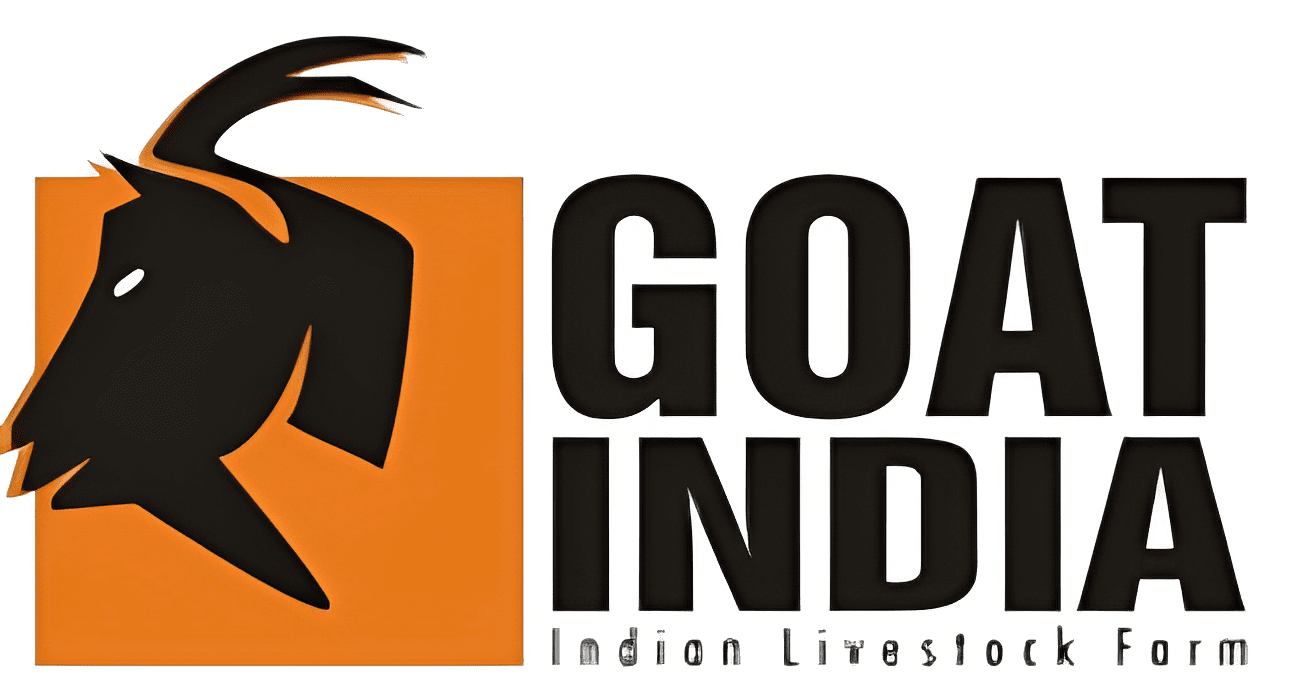Jamunapari Goat
India’s premier dairy goat breed, renowned for exceptional milk production, large size, and adaptability across diverse climatic conditions of the Indian subcontinent.
Jamunapari Breed Overview
The Jamunapari is India’s largest and most productive dairy goat breed, originating from the Chakarnagar area of Uttar Pradesh. Known for their impressive size and exceptional milk production capabilities, these goats are highly valued across Northern India.
Physical Characteristics
Large body size with does weighing 60-70 kg and bucks 70-90 kg. Distinctive long, pendulous ears and Roman nose profile. Coat colors range from white to light brown with occasional spots.
Origin & History
Native to Chakarnagar region of Uttar Pradesh, specifically around the Jamuna river valley. The breed has been selectively developed over centuries by local farmers for milk production.
Adaptability
Well-adapted to semi-arid and arid climatic conditions. Thrives in temperatures ranging from 5°C to 45°C. Successfully reared across Uttar Pradesh, Rajasthan, Punjab, and Haryana.
Distinctive Features
Long, broad, and pendulous ears extending below the muzzle. Prominent forehead with Roman nose. Well-developed udder with large teats suitable for hand milking.
Milk Production Performance
Jamunapari goats are renowned for their superior milk production among Indian goat breeds. Their lactation performance varies with management practices, feeding, and environmental conditions.
Daily Milk Yield
Average daily milk production ranges from 2-3 liters with well-managed herds achieving up to 4 liters during peak lactation. First lactation typically yields 1.5-2 liters daily.
Lactation Period
Standard lactation period extends 240-280 days with proper management. Peak production occurs during the first 60-90 days after kidding, gradually declining thereafter.
Milk Quality
Rich milk with 4-5% fat content and 3.5-4% protein. Higher nutritional density compared to cow milk. Excellent for cheese and other dairy product manufacturing.
Milking Frequency
Typically milked twice daily – morning and evening. Some high-producing animals may benefit from three times daily milking during peak lactation period.
Farm Management Practices
Successful Jamunapari goat farming requires proper housing, feeding, health management, and breeding practices tailored to their specific requirements and large body size.
Housing Requirements
Minimum 12-15 sq ft per adult goat due to large size. Well-ventilated sheds with 10-12 ft height. Separate areas for pregnant does and kids. Proper drainage essential.
Feeding Protocol
Daily requirement: 3-4 kg green fodder, 1-1.5 kg dry fodder, 300-500g concentrate per adult. Lactating does need additional 200-300g concentrate per liter of milk produced.
Breeding Management
First breeding at 15-18 months of age or 35-40 kg body weight. Gestation period 148-152 days. Typically produce 1-2 kids per kidding with twinning rate of 60-70%.
Health Care
Regular vaccination schedule including PPR, FMD, and Enterotoxaemia. Monthly deworming during monsoon. Hoof trimming every 3-4 months. Consult veterinarian for health protocols.
Economic Considerations
Jamunapari goat farming offers attractive returns through milk sales and breeding stock. Understanding investment requirements and market dynamics is crucial for success.
Initial Investment
Good quality breeding stock costs vary by region and bloodline. Consider housing, feeding equipment, and initial veterinary setup. Higher investment compared to smaller breeds but better returns.
Revenue Streams
Primary income from milk sales. Secondary income from breeding stock sales, manure, and culled animals. Premium prices for registered breeding animals with good pedigree.
Market Demand
High demand for Jamunapari breeding stock across Northern India. Growing urban market for fresh goat milk. Potential for value-added products like cheese and yogurt.
Cost Management
Feed costs constitute 60-70% of total expenses. Optimize through cultivated fodder production. Group management reduces per-animal costs. Regular health monitoring prevents losses.
Practical Farming Information
Optimal Feeding Practices
Green Fodder: Berseem, lucerne, oats, sorghum – 3-4 kg daily per adult animal.
Dry Fodder: Wheat straw, gram straw, groundnut haulms – 1-1.5 kg daily.
Concentrate: Balanced mixture containing 14-16% crude protein – 300-500g daily.
Water: Clean drinking water available always – 4-6 liters daily consumption.
Minerals: Salt licks and mineral mixture essential for health and production.
Housing Design Standards
Space Requirement: 12-15 sq ft per adult due to large body size.
Shed Dimensions: Height 10-12 ft for proper ventilation, width 12-15 ft.
Flooring: Raised concrete floors with proper drainage and bedding.
Ventilation: Adequate cross-ventilation to prevent respiratory issues.
Separate Areas: Isolation pens for sick animals, kidding boxes, and quarantine facilities.
Health Management Protocol
Vaccination Schedule: PPR, FMD, Enterotoxaemia, and Haemorrhagic Septicaemia as per veterinary advice.
Deworming: Strategic deworming based on fecal egg count, typically every 3-4 months.
Common Issues: Internal parasites, foot rot, mastitis, and nutritional deficiencies.
Prevention: Clean housing, quality feed, regular health checks, and immediate isolation of sick animals.
Veterinary Care: Establish relationship with local veterinarian for emergency and routine care.
Breeding Management
Breeding Age: Does: 15-18 months or 35-40 kg, Bucks: 10-12 months or 30 kg.
Estrus Cycle: 18-21 days cycle, estrus duration 24-48 hours.
Gestation: 148-152 days pregnancy period, monitor closely in final month.
Kidding: Usually 1-2 kids per birth, twinning rate 60-70%.
Kid Care: Colostrum within 2 hours, weaning at 3-4 months of age.
Breed Specifications
Start Your Jamunapari Goat Farm
Get comprehensive guidance on setting up and managing a profitable Jamunapari goat farming operation with proven techniques and expert support.


